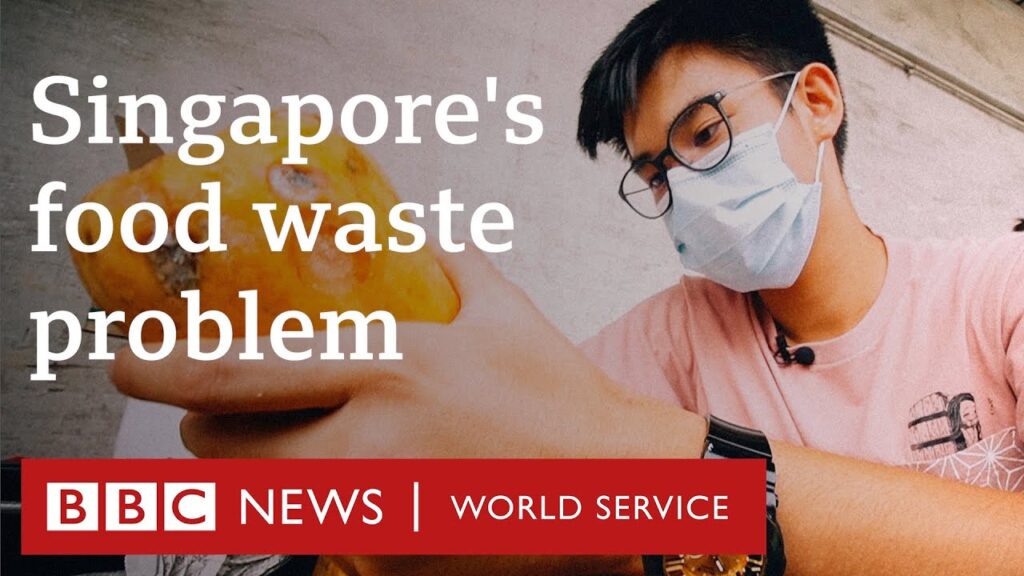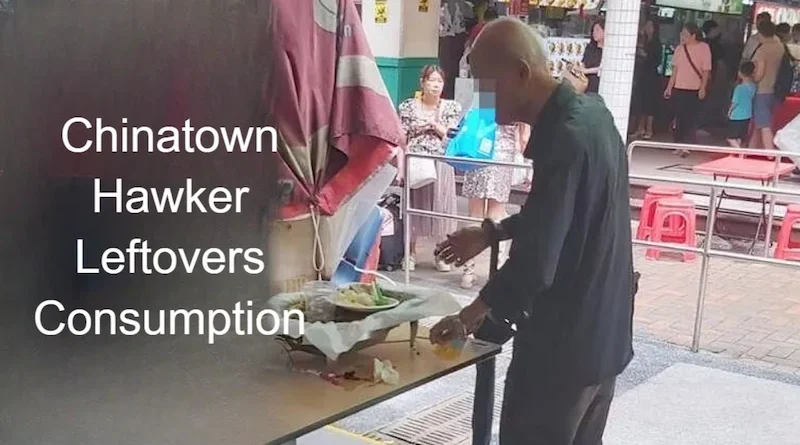Table of Contents
Introduction to Chinatown Hawker Leftovers
Emphasizing some of the city’s food stalls steaming herbal tea, dumplings, and fragrant noodles, Chinatown Stone Town’s vivid streets never seem to lack energy. Like many other places in the world, people are now becoming increasingly concerned about what happens with leftover food once a stall closes for business. A small cultural phenomenon carried out by noble hearts has emerged where carefully assessing meals lets one save food while . While running and stopping briefly along city streets whose posters advertise back price in no time serving what would ordinarily go uneaten benefits Mother Earth just as much as your taste buds. Let’s see how this straightforward adjustment transforms evening savoring into taking bite-sized strides towards greening the planet without sacrificing bold love flavors out you first enjoyed.
The Issue of Food Waste in Singapore

Singapore faces a huge problem of food waste.The country wastes about 1,300 tons of food each day. That’s enough to fill over 200 double decker buses with food!
Food waste mostly comes from households and busy eateries. Hawker centers also contribute significantly to this problem as a lot of meals that are not eaten tend to be tossed instead of being taken home or shared.
Several frantic schedules lead people to buy way too much, cook in bulk, or buy a lot and cook for weeks. In addition, a large number of people believe leftover food looks unappetizing and unsafe to consume.
When we discard food it results in wasteful spending on water, energy, and fertilizer invested in growing crops. Not to mention the scraps that sit rotting in landfills produce huge amounts of methane gas which accelerates climate change.
Smart shopping along with better cooking practices and reducing habits begins by learning about the problem . So clearly educating everyone about such matters seems like the best solution!
The Sustainability Benefits of Consuming Hawker Leftovers
Hawker food is an accessible meal option and also aids the fight against hunger when eaten as leftovers. Leaving plates untouched in any part of the place contributes to Singapore’s ever inflating garbage metric. Picking up spare plates helps reduce this issue efficiently.
With hawker centers, all the variety of delicious food available under one roof. Loosely claiming surplus dishes not only rescues great food from being wasted at small stalls but also provides the small business another sale.
Leftover picking promotes a brighter green philosophy throughout the whole district. One can drive his own tailgate while encouraging everyone else to check their wastage habits during purchasing and eating routines.
Not all benefits pertain to the environment — there are some cents to gain too. Discounted meals allow trying authentic hawker food without spending a fortune.
Conclusively taking home surplus plates shared with companions quashes environmental blunders, boosts local entrepreneurship, and creates friendship bridges bound over once lonely food left on a countertop waiting for companions.
How to Safely Consume Hawker Leftovers
Any cut food needs to be stored in a refrigerator two hours after buying them.Rapid cooling effectively inhibits the multiplication of bacteria, thereby prolonging food freshness.
Efficient temperature control greatly reduces spoilage or bacterial risk.
Ensure everything is heated up to 75C (165F) minimum – this eliminates dangerous microbes during consumption. Make sure that all the pieces are evenly heated so there is no leftover cold food due to certain pieces not being fully heated.
Check with your nose and eyes first before ingesting any beans or snacks containing them. If bean products seem discolored or have an unusual smell, they can always be tossed away without harm while thanking yourself later on for your choice.
Savoring other stalls aside from the one you purchased portions prevents large heaps of surplus to be digested afterwards too along with portion adjusting leading minimal waste consumed yet satisfaction achieved. This serves as a solution toward waste reduction whilst quickly sampling various foods.
If leftovers stemmed from purchased goods catering halt for redevelopment is perfect because friends beatshine hecksupport eachother,family bond over time(while contributing)”move). Eating together fosters nutrition disguised community grounded bonds that enrich hawker morsels more charming.”
Creative Ways to Use Leftover Hawker Food
Hawker food left out is not trash, its treasure waiting to be opened. In the meantime chicken rice gets to the back of the fridge, it’s giving it a new life.
Yesterday’s nasi lemak can instantly become fried rice. Stir in some mixed veggies along with a soft boiled egg and lunch is good to go.
Did you receive cold satay? Shred the sticks and toss the meat into a crunchy salad or a quick yum sandwich. The char taste gives everything an extra zing.
You can also transform unfinished soup noodles and turn them into broth. Simmered ginger, garlic, fresh herbs for an elegant touch plus ladle out golden goodness into bowls.
Got a sweet tooth? Stale pastries transform into layered rich bread pudding drizzled with milk then dash on sprinkles sugar and some spice for flair. Bake until crisp—golden perfection topped.
Hawker leftovers, proves all are handy, delicious as well downright easy while caring for our planet.
The Role of Government and Businesses in Promoting this Shift
Food sharing and its accompanying donation policies can drastically reduce the waistlines of leftover hawker meals in Chinatown and still have value for waste-cutting programs. Small incentives to encourage donating extra dishes cease the throw-it-away philosophy very effectively.
Restaurants greatly aid this cause too. Offering discounts on unsold food near closing hours draws in money-conscious diners while keeping skyline waste bins from overflowing.
When public agencies join hands with private business owners, the message of preserving food is broadcast everywhere. Leftover-fueled advertising campaigns can help transform strange ideas into commonplace actions.
Simple know-how, along with clearly defined instructions on proper storage of yesterday’s curry aids consumers to grab food from any time. Keeping a neighborhood together through celebrating diverse flavors that mark it while cutting down on waste is made easy through joining hands.
Conclusion: Embracing Change for a Greener Future
Finishing off those extras does more than reduce excess, it strengthens connections among people living near each other. With discussions such as safe reheating and inventive mixing of old curry come modern love for these hardworking vendors that keep the stalls alive – winning in every possible way!
Still, everything relies on concepts coming together from the government and hawkers themselves, Creating bold visuals – harsh food logos on weak boxes – allows kuiber eaters the chance to easily store unfinished meals without alternating their chance at eating leftovers while actively battling garbage build up.
If we want to leave a cleaner city and kinder planet for future generations, we have to appreciate this shift as consumers. The balance between custom and sustainability grows stronger each time we select out of the menu “a one plate option” instead of ordering dishes freshly prepared .Therefore, with increased mindful dining, traditions which accompany all the natural resources patronized from mother Earth are protected.
That one tiny bite does matter. That small portion today goes a long way in curbing wastage and cost as well as reminiscing many of us encounters from Chowpatty food joints.
